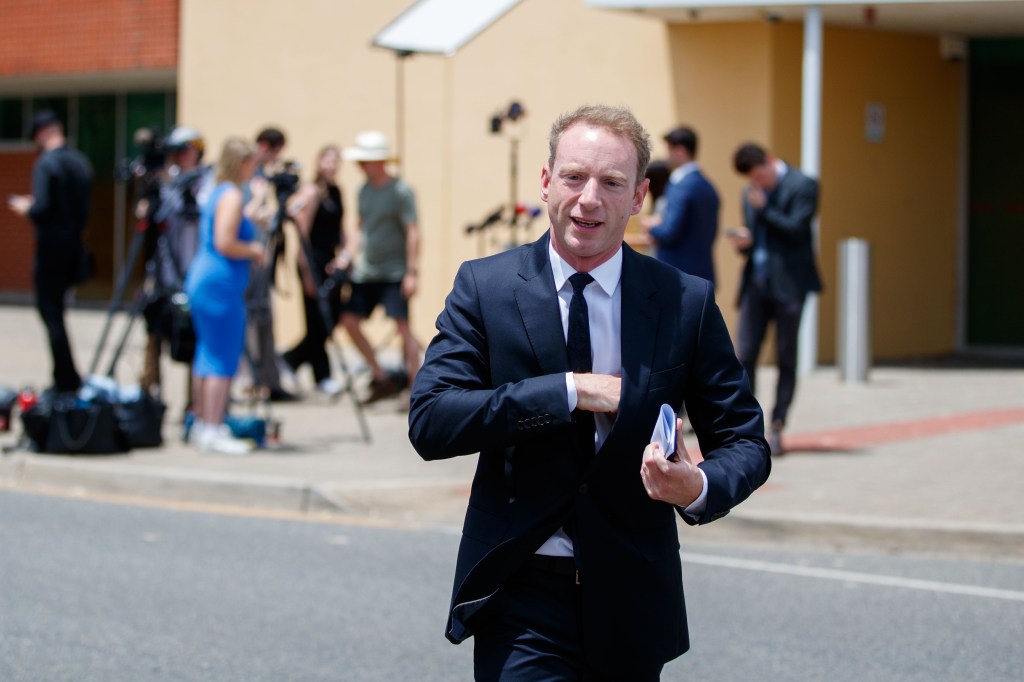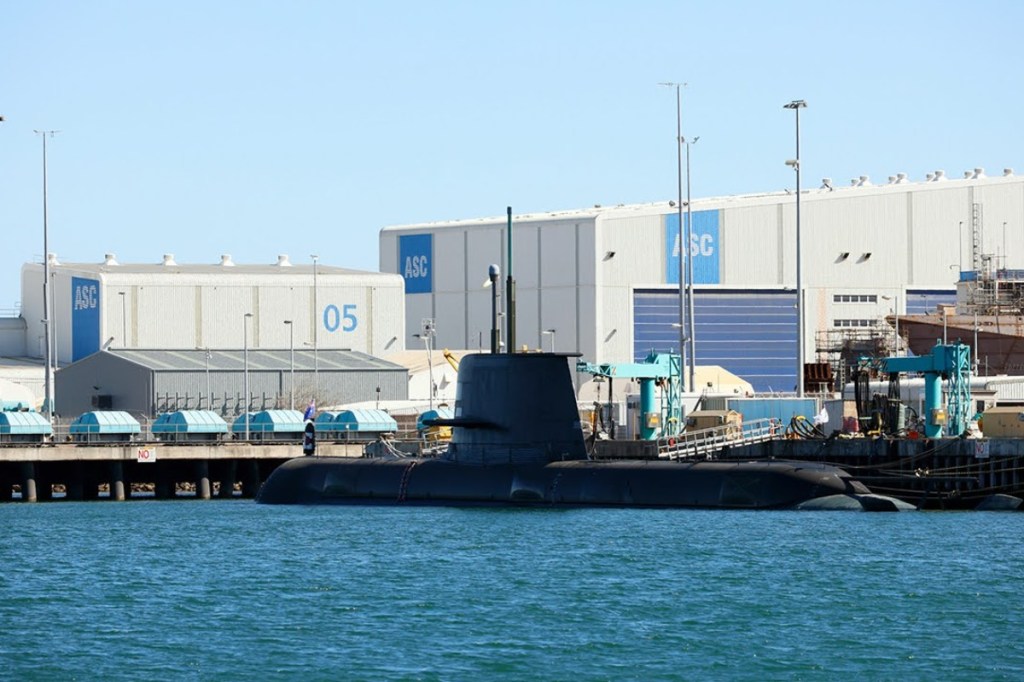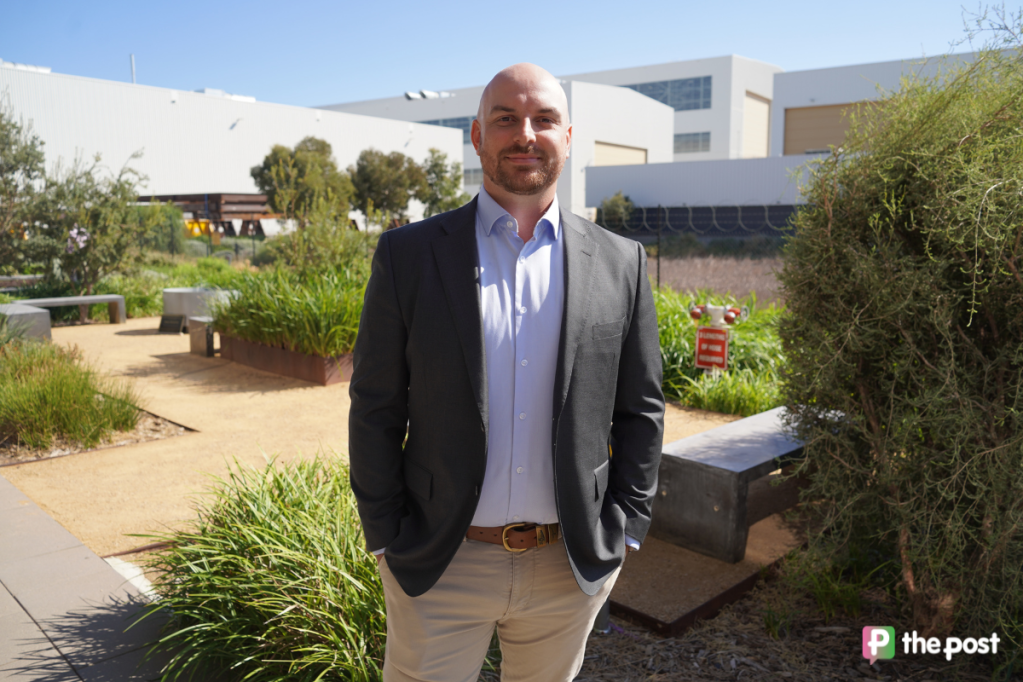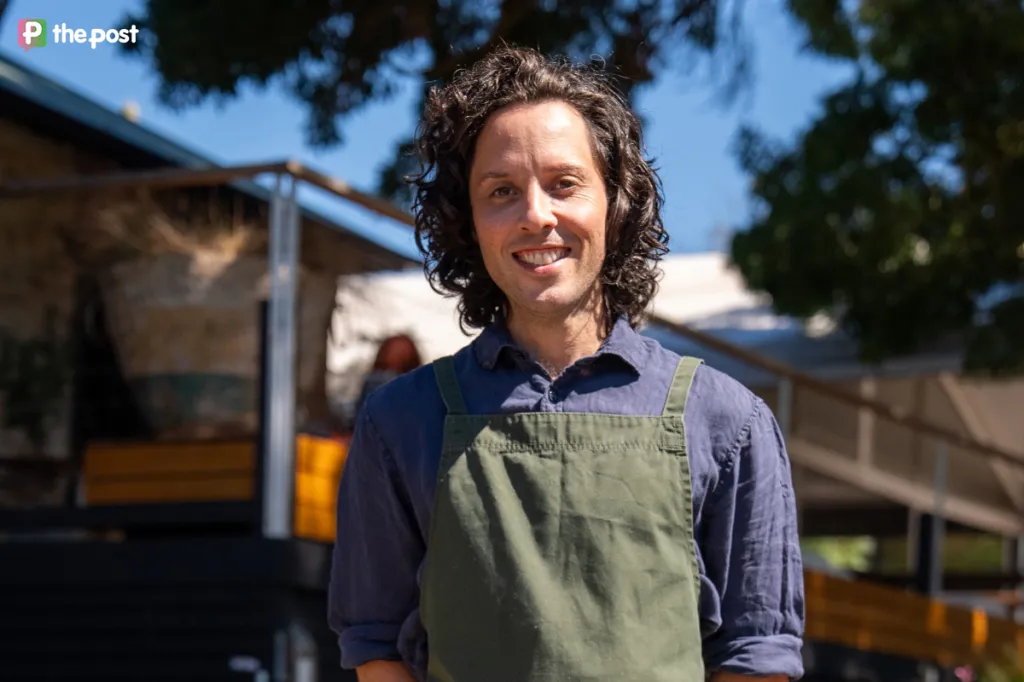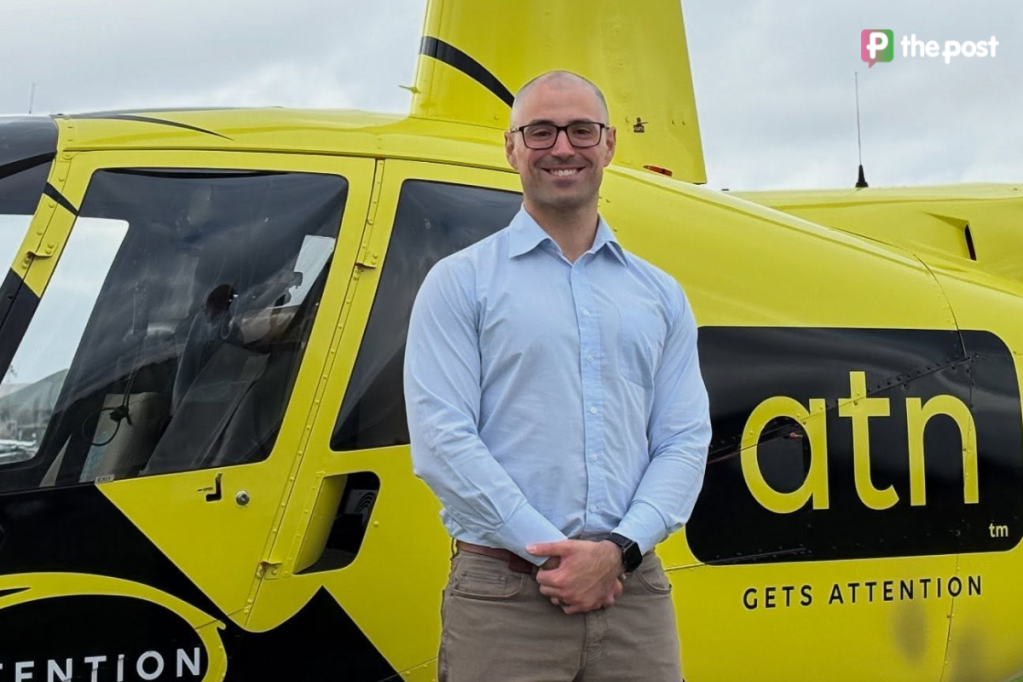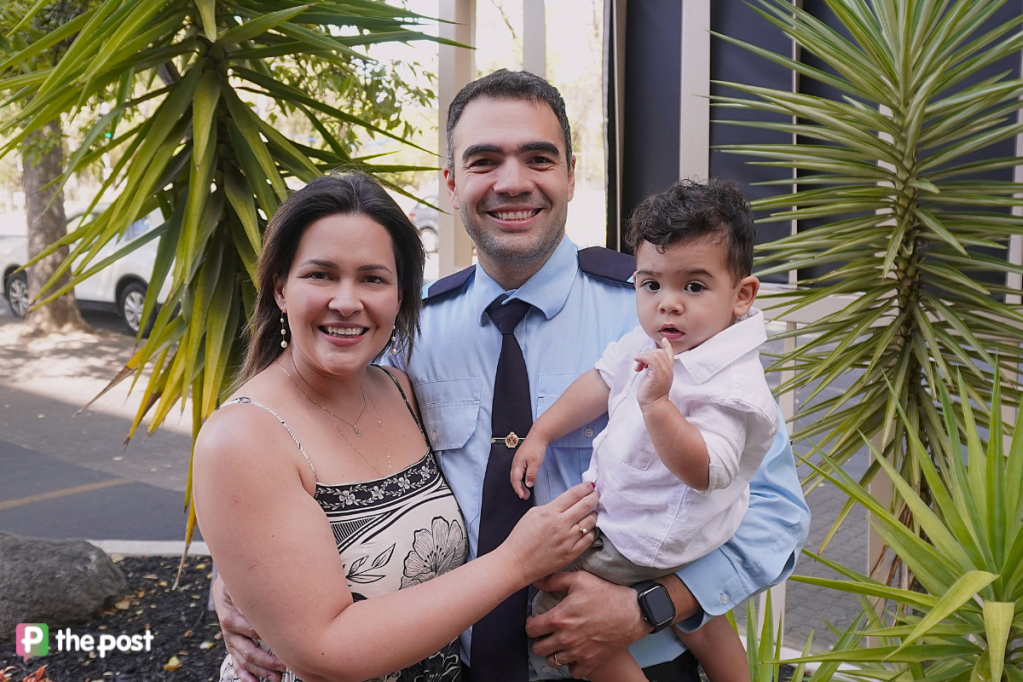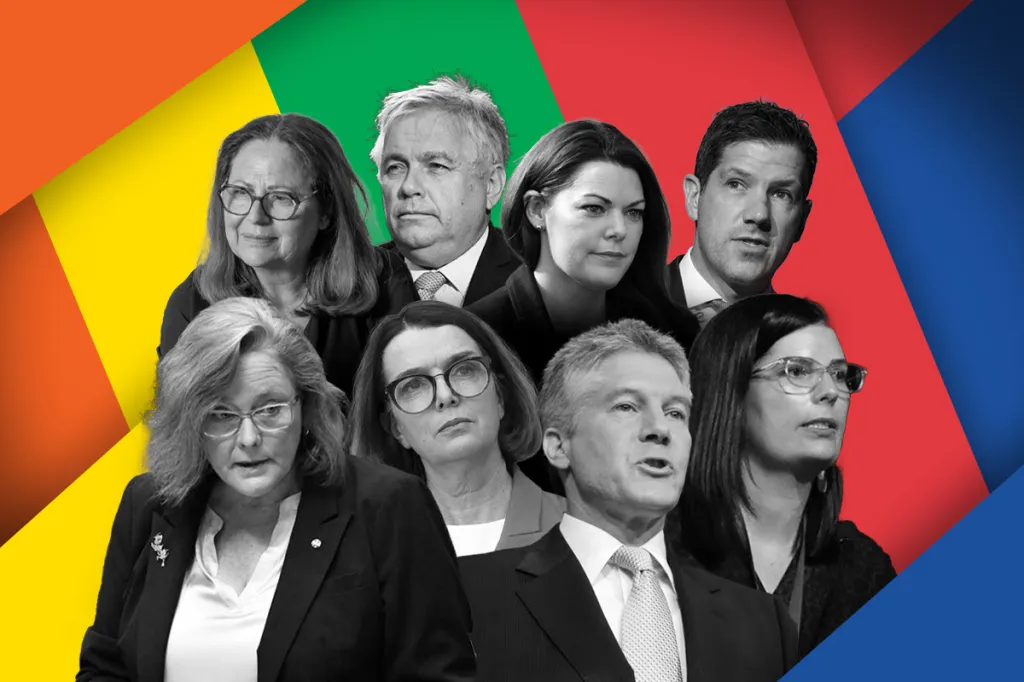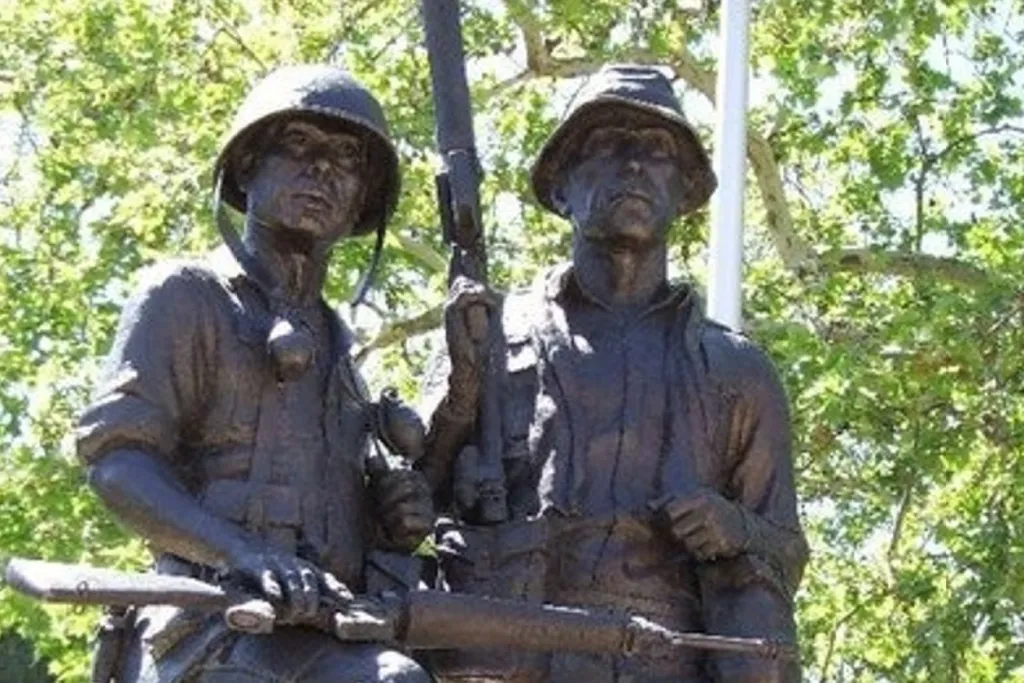Nationalising the Whyalla Steelworks guarantees our future
A sovereign steelmaking capability is vital for Australia’s national security and resilience. Rex Patrick argues that nationalisation is the one path that gives an absolute guarantee for Whyalla.
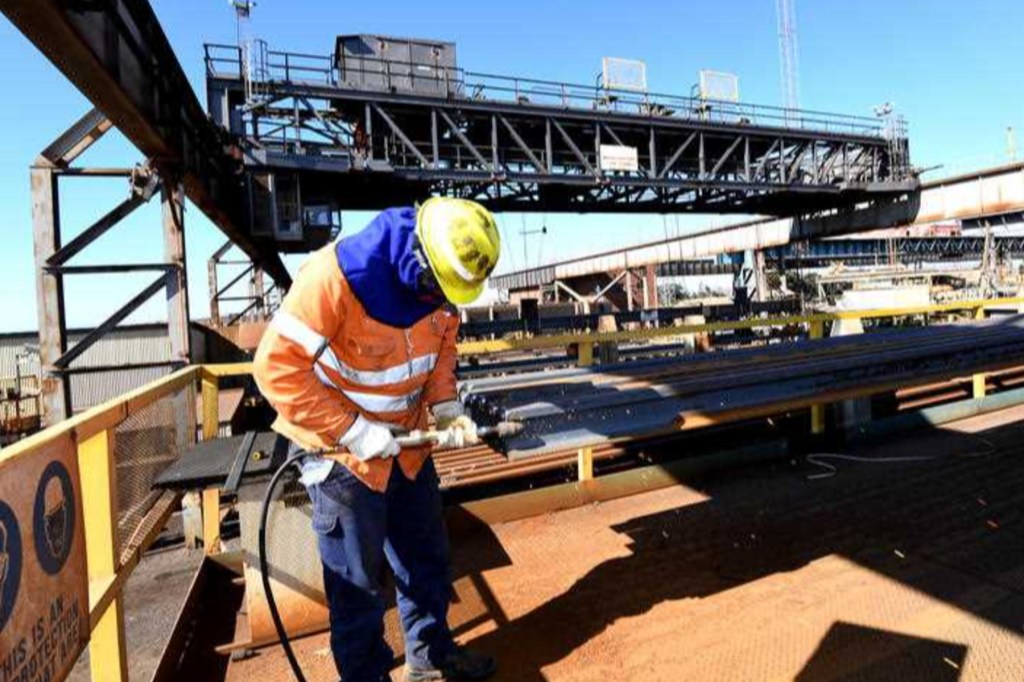
What’s next for Whyalla? If you just read some of the recent news headlines, you’d be forgiven for thinking the crisis is past.
Although the state of the Whyalla steelworks has been revealed as much worse than previously known, OneSteel administrators KordaMentha are pressing ahead to restore the facility as a going concern. Backed by federal and state government financial support, they’re actually hiring to fill the gaps in the workforce that had opened up as Sanjeev Gupta’s GFG Alliance ran the Whyalla plant into the ground.
According to the most recent briefings, KordaMentha has also received a dozen expressions of interest from potential buyers and they hope the steelworks and associated Middleback Range iron ore mines will be sold to a new operator by the end of this year.
So there’s an understandable surge in optimism in Whyalla that the steelworks have been saved.
I very much hope that’s true, but as SA Premier Peter Malinauskas admitted in March, “there are a million things that could go wrong along the journey because it’s complex, it’s a big enterprise [and] world steel markets are in a state of flux”.
It’s worth remembering that the legal duty of the administrator is to serve the interests of OneSteel’s creditors, that’s their primary goal. It’s not to serve any wider interests, even if that’s in the interests of Whyalla or the wider national interest.
Whyalla Steelworks must be upgraded if the 60-year-old plant is to be viable into the future. Despite repeated promises and billions of dollars of iron ore revenue, GFG never made the investment needed to transform the steelworks into a 21st-century industrial facility.
In February, the head of the South Australian Treasury stated that a new electric arc furnace and direct reduction iron process would require investment in the order of $3 billion. Since then KordaMentha have confirmed the steelworks is in bad shape. That estimate of at least $3 billion is likely a gross underestimate of the capital required to upgrade the plant and make it viable in the longer term.
You might like
Last time KordaMentha managed the steelworks there were also plenty of expressions of interest, but in the end only two serious buyers emerged. The preferred bidder was a South Korean consortium of Newlake Alliance and JB Asset Management, but that deal fell through, and the steelworks were acquired by GFG – who proved to be a disaster.
Eight years later, the now rundown Whyalla plant will again be put up for sale, this time amidst depressed global steel prices, numerous closures of steelworks worldwide, and increasing trade turbulence driven by Trump’s tariff wars.
In this inauspicious environment expressions of interest are welcome, but serious offers may be even harder to find than last time. Even with the support promised so far by the federal and state governments, there is a real risk that the OneSteel administrators won’t find a buyer prepared to make the full investments necessary to make the steelworks viable in the long term.
The government knows this.
Significantly, in expressing confidence that a buyer will be found, Premier Malinauskas, Prime Minister Albanese and other federal and state ministers have all focussed on the value of the Middleback Range iron ore deposits and associated rail and port infrastructure, that is the minerals export side of the operation, as the principal assets, not the diminished value of the now degraded steelworks.
The SA Government takes pains to point out that the steelworks and the iron ore tenements are linked by the indenture agreement that’s incorporated in the Whyalla Steel Works Act 1958. That’s true, but the provisions in the legislation are loose enough to allow a new buyer to drive an iron ore truck through the gaps.
It appears that the expressions of interest received to date already include proposals largely focussed on development of the magnetite deposits and not restoring the steelworks.
There is real danger that the steelworks may be eventually disposed of as a wasted asset, part of the price paid by a buyer to secure access to the larger asset of Middleback Range magnetite reserves.
A new buyer could well be little different from GFG, failing to deliver the essential upgrade of the steelworks, allowing it to wither, perhaps engaged in some token steel production while the main focus is on direct iron reduction as initial processing for export.
Whyalla’s future could be all too easily be reduced to that of just another export terminal, shipping out raw or semi-processed material for value adding to take place overseas.
Stay informed, daily
This would be a disaster for Australia’s industrial resilience; a disaster for our national security; and an absolute disaster for Whyalla and South Australia.
Regrettably, in the light of what is now known and in the prospective turbulent trading circumstances, the administration process provides no sure path to an outcome that is acceptable for Australia’s industrial resilience, national security and Whyalla’s future.
At the very least, the federal and state governments will almost certainly be obliged to commit much greater funds than they have done so far to ensure construction of what in practical reality would be a new steelworks. If that’s the case, such investment needs to take the form of an equity stake so that taxpayers’ money buys a share in the project and isn’t just given away.
Indeed it may well be the case that nationalisation is the one course of action that provides a guaranteed future for Whyalla and for sovereign steel making.
Our national interest certainly justifies this.
At a time when Australia’s industrial resilience may be tested in unexpected ways, the Australian government must take all necessary steps to ensure the future of our only domestic supplier of “long” steel products and source of 75 percent of structural steel for Australian infrastructure.
This isn’t a time for half measures. If we can’t make steel in this country, our manufacturing future is finished.
If we lose this capability, we will lose it for good, and as a nation, we cannot afford that. And we shouldn’t just be thinking of preserving the existing capacity, we should be seriously pursuing the goal of steel production for export on a large scale. Why should we settle for just exporting rocks, we should be using our abundant minerals and energy to value add.
Both Prime Minister Albanese and Opposition Leader Dutton are happy for billions of taxpayers’ dollars to be gifted to American and British shipyards as part of the AUKUS scheme.
Prime Minister Albanese is also happy to splash more than $15 billion across the country in infrastructure promises in the run-up to the federal election. Dutton has also been freewheeling in his campaign promises in states other than South Australia.
Australia’s political leaders should be even more supportive of a prosperous future for Whyalla, the heart of Australian steelmaking and location of a vital national asset.
A sovereign steelmaking capability is vital for Australia’s national security and resilience.
Nationalisation of the Whyalla steelworks is the one course of action that will absolutely guarantee that.
Rex Patrick is a former SA senator and the Jacqui Lambie Network Senate Candidate for SA in the 2025 federal election. He is also a Whyalla boy.
